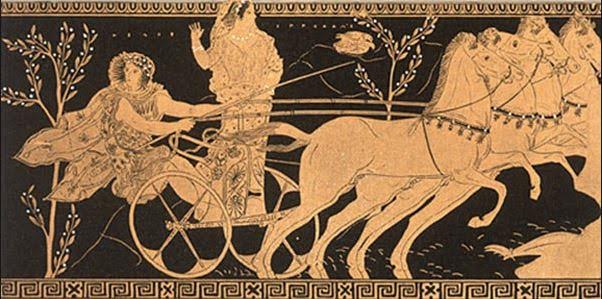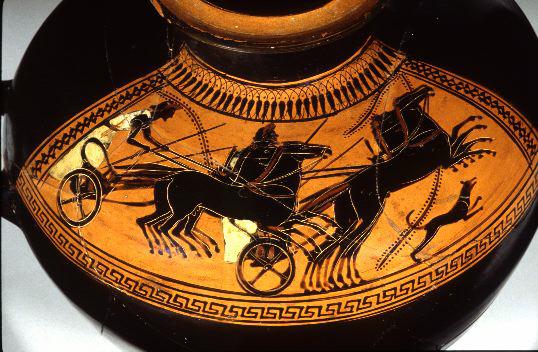


The race did not actually begin properly until the final gate was opened, at which point each chariot would be more-or-less lined up alongside each other, although the ones that had started on the outside would have been travelling faster than the ones in the middle. According to Pausanias these were invented by the architect Kleoitas, and staggered so that the chariots on the outside began the race earlier than those on the inside.

hysplex) which were lowered to start the race. Various mechanical devices were used, including the starting gates ( hyspleges, sing. A race consisted of twelve laps around the hippodrome, with sharp turns around the posts at either end. It was located beneath a hill, which provided standing room for possibly as many as 10 000 spectators. The hippodrome at Olympia was about 600 yards long and 300 yards wide, and up to 60 chariots could race at one time (though in practice the number was probably much lower).
#Ancent olympic chariot races drivers
The race was begun by a procession into the hippodrome, while a herald announced the names of the drivers and owners. The chariot racing event was first added to the Olympics in 680 BC (but was not, in reality, the founding event). In the Olympics, as well as the other Panhellenic Games, there were both four-horse ( tethrippon) and two-horse ( synoris) chariot races, which were essentially the same aside from the number of horses. A chariot race was also said to be the event that founded the Olympic Games according to one legend, King Oenomaus challenged his daughter Hippodamia's suitors to a race, but was defeated by Pelops, who founded the Games in honour of his victory. The race, which was one lap around the stump of a tree, was won by Diomedes, who received a slave woman and a cauldron as his prize. The participants in this race were Diomedes, Eumelus, Antilochus, Menelaus, and Meriones. It is known from artistic evidence on pottery that the sport existed in the Mycenaean world, but the first literary reference to a chariot race is the one described by Homer in Book 23 of the Iliad, at the funeral games of Patroclus. It is unknown exactly where chariot racing began, but it may have been as old as chariots themselves. Achilles arranged the first documented chariot race for the funeral games of his friend Patroclus.


 0 kommentar(er)
0 kommentar(er)
